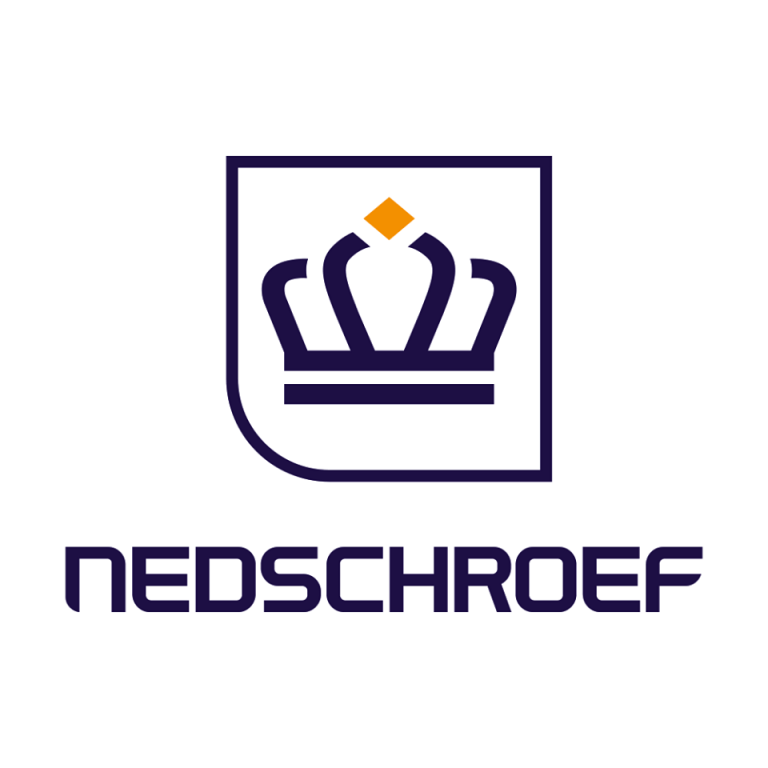About Nedschroef
Nedschroef is a prominent Dutch company specializing in the manufacturing of fasteners, machines, and tools for the automotive industry.
Founded in 1894, Nedschroef has a long history of providing high-quality products and solutions for various applications within the automotive sector. The company is headquartered in Helmond, the Netherlands, and operates as a conglomerate consisting of multiple metalworking companies. Nedschroef’s expertise in fasteners and steel forming technologies has made it a key supplier to the automotive industry, where precision and reliability are paramount. Over the years, they have established themselves as a trusted partner, contributing to the production of automobiles and other vehicles worldwide.
The company employs more than 2.200 people, and has production facilities, sales offices and distribution centers at 22 locations worldwide.
The challenges
Migration is a team effort and often involves a lot of parties, including management. Companies migrate when one or combined reasons are observed:
- The underlying technology on which the system was built is no longer supported
- The system becomes too pricey (The running cost of the system becomes more than the value it brings)
- The current system/application/tool does not correspond to the new business needs
- The system cannot integrate with modern tools
ITSM was employed by the entire global IT workforce, including the Technocenter and finance staff, amounting to approximately 80-100 agents. The IT department adhered to traditional ITIL practices, while a separate software development team followed the DevOps methodology within Atlassian. However, utilizing two distinct tools for Software Development and ITIL failed to align with Nedschroef’s envisioned future capabilities.
Bringing together and supporting these two distinct sets on a unified platform delivered a significant benefit to the entire IT department, which now operates cohesively. The tool presents a range of advantages, including:
- Enhancing work visibility by connecting tickets;
- Implementing automation;
- Capturing essential information during ticket creation through forms;
- Facilitating knowledge management using Confluence, among others.
To achieve this, they faced three primary challenges:
- Ensuring a modern makeover while implementing the Incident Management, Change Management, and Service Request Management processes was crucial to maintain a seamless user experience for both the service desk agents and the end-users.
- Taking the historical data necessary for future references needed to be migrated to the new tool.
- An innovative approach was required to automatically fetch information from various sources and consolidate it in one place, to create a complete picture for quick actions.
To keep it interesting, we faced a strict deadline driven by the upcoming license renewal for the current tool.
The solutions
For a smooth rollout of the new solution, Nedschroef decided to go with Atlassian’s Jira Service Management and chose to collaborate with Devoteam’s Atlassian experts. With extensive experience in implementing the solution, we drew a plan and set up a weekly cadence to inspect and adapt the evolving solution.
Designing with stakeholders
The portal had multiple user groups, including administrators, project managers, key users from the Technocenter, key users from the finance department, and all IT staff.
Designed in collaboration with the individuals mentioned earlier, each module went through a series of refinements, implementation, and testing. We used the feedback received to guide us in shaping it towards its intended final state.
We coordinated with Nedschroef to conduct a unified presentation of the portal to all IT employees globally before its official launch.
Implementing the approval with Employee CMDB
Certain types of tickets by the users needed approval from their managers, which were either based on their location or certain types of the requested hardware. To automate the pre-filling of this data, we needed to know which user was working from which location and who was his/her manager.
To centralize the data within the tool, an Employee CMDB was created within Assets (formal Insights) and a periodic refresh mechanism of this CMDB was introduced to keep it up-to-date.
Automating Alerting the agents and Responding to users
Subsequently, we proceeded to implement automated responses directed at end-users. We established alerting mechanisms for specific types of tickets based on predefined criteria, ensuring that tickets requiring prioritization or escalation reached their final state.
Writing the history with APIs
After the successful construction and testing of the system for incoming new tickets, the next step involved the integration of historical data into the system. This was complex, as we had to ensure the entirety of the data with attachments and historical comments. To accomplish this, we utilized Python scripts in conjunction with Jira Service Management’s REST APIs, effectively reducing manual efforts and enhancing data input efficiency.
Training the users and going live
“The ship was ready to leave the harbor and now we could set sail ..?!” Yes, but before we could do that we needed to train our sailors (the identified key personas). With an intuitive portal, easy-to-use UI, and a straightforward process to train the end-users and agents was minimal.
The GO-LIVE on Monday was easy and we already saw new tickets coming in. Agents were already picking up and resolving the tickets independently with ease.
What made this a success?
- The design and customer-centric approach with identified key personas
- The flexibility and intuitiveness of the tool

Given the challenges presented, Atlassian’s Jira Service Management offered an easy-to-use, ready-to-configure platform with granular detail for customization, meeting the needs of effective Service Management. The weekly sync sessions with Nedschroef established a closed feedback loop with stakeholders, preventing extensive rework, and allowed us to successfully go live within a very tight deadline.
How Nedschroef benefited
One Tool for All
All the IT departments within Nedschroef are working in Jira in addition to finance and Technocenter. This has significantly improved visibility and reduced resolution times.
Transparency and alerting
By utilizing Jira Service Management, Nedschroef has significantly improved visibility as work lands in the queues, leading to reduced resolution times. Additionally, incorporating alerting and custom notifications ensures that agents are promptly notified when incidents are raised.
Customized and easy-to-use Portal
With its multi-language support, the self-service portal now facilitates smoother interactions for end-users, enabling them to provide accurate information during ticket creation itself. This has significantly reduced the back-and-forth exchange of tickets between agents and end-users.
With the integrated knowledge base in Confluence, it could further be enhanced to defect tickets with a self-service capability.
ESM with JSM
Nedschroef did not limit the use of Jira Service Management solely to traditional ITSM for adhering to ITIL practices. Instead, they extended their support to various other departments, making JSM a comprehensive Enterprise Service Management (ESM) solution that could be implemented across a wide range of departments, including Sales, Marketing, Facilities, Procurement, and more. Looking for more cases? Read about how Nexperia’s HR department benefitted from JSM.
